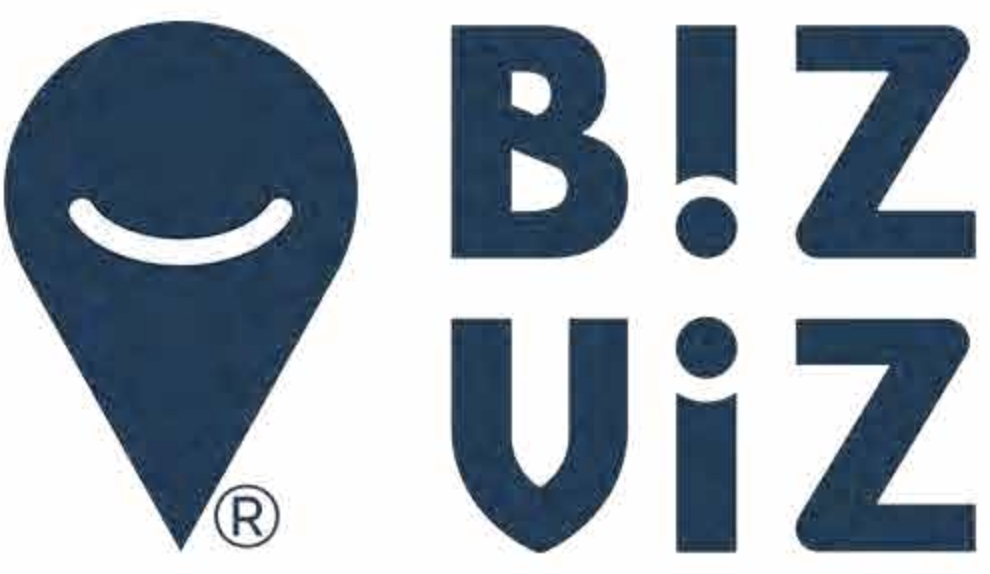The success of the reconstruction of a diploma thanks to the federation of a network
After defending a thesis on sustainable development strategy about fifteen years ago on a subject related to agriculture, I wanted to get involved in the world of education.
I started with a few interventions in an agricultural engineering school. Then, I had the opportunity to work at the University, thanks to a post of PAST (associate lecturer). This 3-year contract allowed me to keep a job in a company, which was close to my heart.
Taking responsibility for training
I undertook this mission with the ambition of supporting young students towards the job market.
Back to school 2016: I agree to direct a Master in Information Systems, a course that is experiencing significant difficulties and that does not attract students:
– Very low number of students: 19 students in 2 promotions (Bac+4 and +5)
– Change of manager several times
– Training difficult to read on the market
The closure of the Master is scheduled if this training cycle does not evolve…
Thus, the proposal for a new training model was considered by discussing with students, but also with companies in order to understand the needs of the market. It is not always easy for a student to meet the expectations of employers.
The job possibilities with this training have been exposed so that the training is well positioned between a technical part (MOE, project management) and a functional or business part (MOA, project management). A new name for the training has been proposed in order to attract students in particular.
The promotion of the new diploma to future students during open days, fairs and forums was a success thanks to the support of current students and young graduates hired who became true ambassadors of the diploma. I wanted to introduce this practice because who better than a student can communicate with another student. I kept this same spirit for the recruitment of students where the interview was carried out most of the time with young graduates (but also professionals).
These exchanges between promotions serve to share experience, especially on the opportunities and outlets offered by the Master.
Building a network with the professional world
To ensure consistency between the academic world and the professional world, important actions have been put in place to build good relations to promote and publicize the training:
– Invite professionals and host a meeting day with graduates and young students: the interest is to make the training known to companies, to create a network that will grow exponentially. The communication around this training was revealing since the companies were not aware of the diploma and the student profile that could really interest them.
– Promote employment: very naturally, companies and young graduates receive job offers (employment contract, apprenticeship contract, etc.) which, once again, will reassure students in their professional project.
– Recruitment of teachers (sometimes former students with experience) from the professional world for interventions, vacations: having reached a Master’s level, students wish to combine theory with practice. Sharing experiences with people who are in business is a real asset of the training.
My desire was to build a network to maintain lasting relationships between students, graduates, professionals and academics. The implementation was done gradually with the students:
– Choice of a cohesion manager (based on volunteering and without number constraint) for each promotion in order to unite students around convivial moments
– Participation of students in the promotion of training (presentation of the Master to undergraduate students, presence at open days, etc.): they are real ambassadors and an excellent vector of communication (especially via word of mouth).
– Integration of graduates with the alumni network: the President is an alumnus of the Master.
– Creation of a company relations file to display and affirm the notoriety of the training (support for the search for internships, work-study programs, jobs).
In summary, here is the common thread of the success of the Master:
– Creation of a new training model and change of name of the Master.
– Recruitment of new students based on ambassadors (students in place, recent graduates): the target number of 50 students is reached after 2 academic years.
– Promoting cultural diversity, in particular through the recruitment of foreign students.
– Develop work-study programs to facilitate professional integration.
– Co-creation of a business game (with 2 professional speakers) based on innovation.
– Construction of different networks (students, graduates and professionals): the recommendation was a good indicator of success.
Finally, the most important thing was the recognition of the students for their journey where they continue to stay in contact and animate the network of alumni.
Return of a student who followed the course over the 2 years
Here is a little feedback from a graduate:
“With this diploma, I was quickly employable and I was able to launch my career easily. I appreciated this Master offering quality courses offered by professors from the University but also speakers from the professional world. This merger is a real success.
The training manager accompanied each student towards the professional world. He is unifying and has real human qualities.
I also participated in the business game, on the student side then on the facilitator side: it is an almost total immersion where you have to manage your business and be a force for proposing ideas, innovations and dealing with an ecosystem… C is very instructive.
I am proud to have done this Master and it is one of my best training decisions. I stayed in touch with the people in my promotion and even the other promotions… It’s great! »


